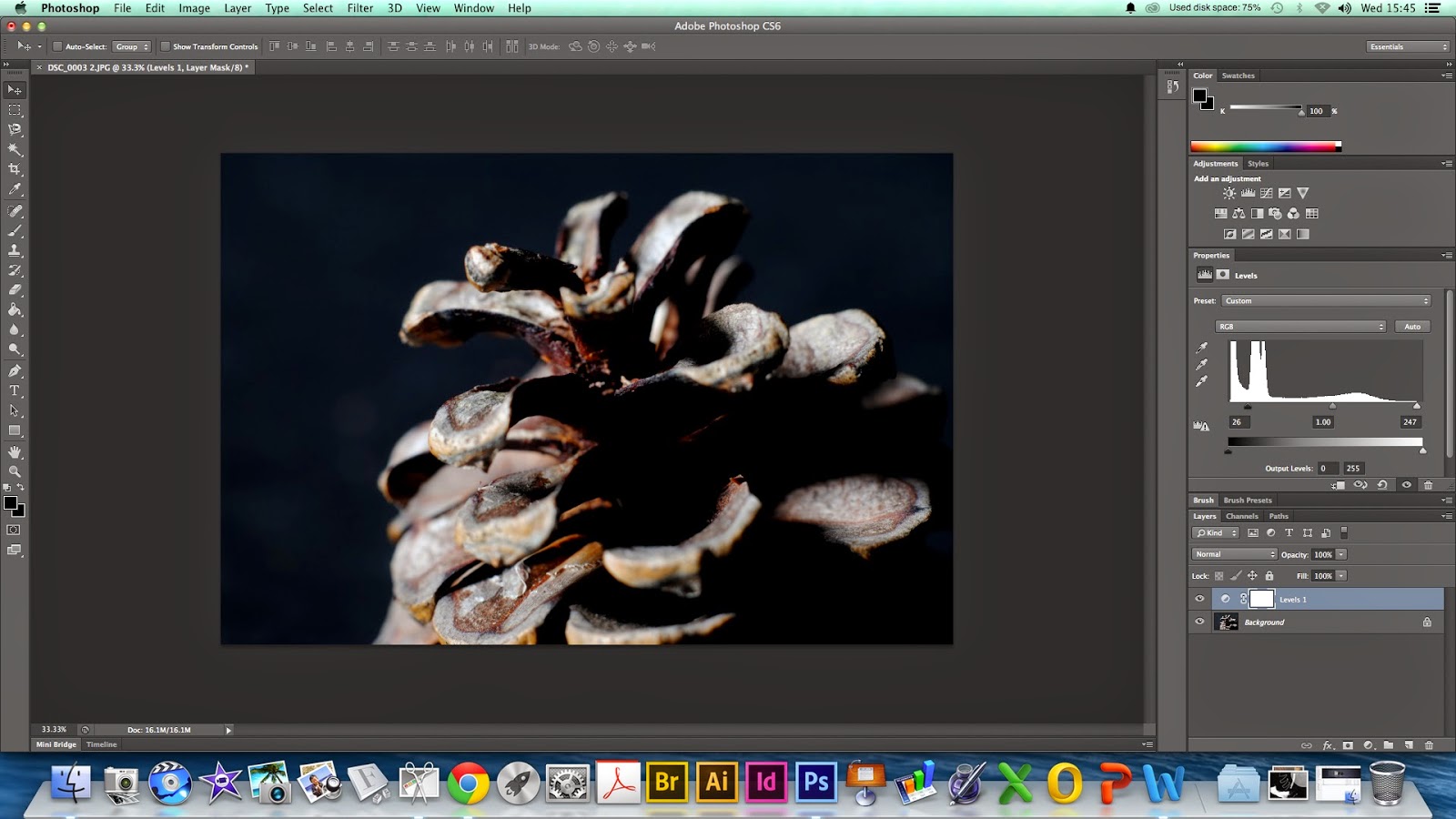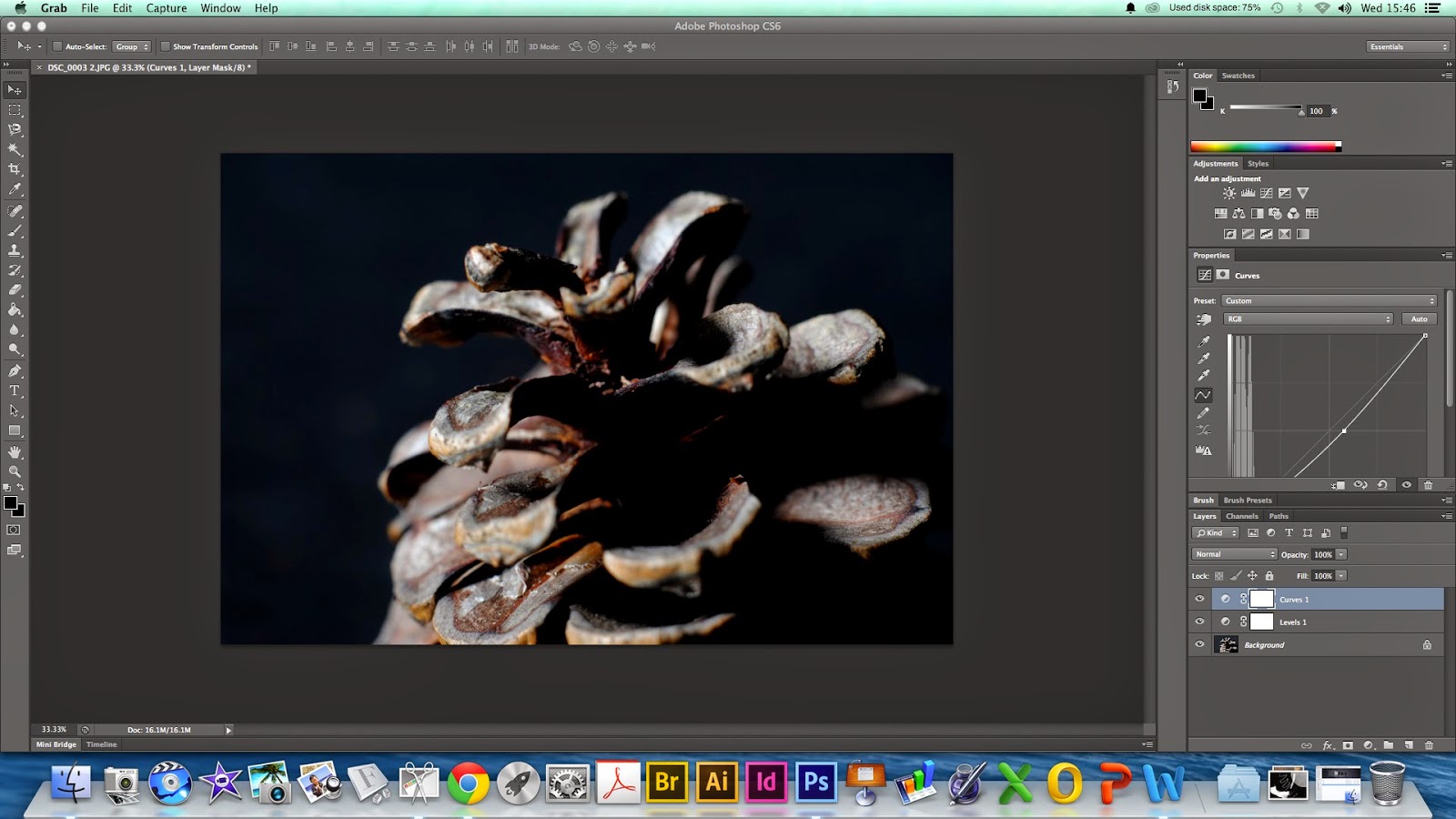Mod roc is commonly used with broken bones which holds it in to place long enough for it to heal, but their is another use for mod roc like creating models which is created with modeling around wire netting, foil, newspaper etc or on a form such as a mannequin. It is also for making a cast of a hand, foot, face that then liquid latex can the be pored in.
Equipment and Materials
- Mod Roc bandage
- Scissors
- Vaseline
- Preferably warm water as then it will set quicker
Method
- First I cut up the mod roc bandage into strips and prepared the warm water.
- As I had chosen to do my foot I then had to take my shoe and sock off the roll up my trouser leg.
- Next, taking the mod roc piece I had already cut up I dipped it in to the warm water and placed it on to my foot then rubbed it until their where no holes left (I started at my ankle.)
- I worked my way down till I got to my toes then I worked my way back up again, I did this once more and again this time working my way down.
- As I was using my foot it was hard to look at my foot and tell if I had put enough on, so when I turned my foot I found out that I hadn't put any on and by this time it was nearly dry so working as quickly as I could I put some on that area.
- After it had full dried I then had to figure out a way to cut my foot out, I ended up using scissors being very careful not to cut myself.
Health and Safety
- If the mod roc is being used on skin that has long hair either use Vaseline or cling film as mod roc can pull on the hair and it really hurts (I found that out the hard way.)
- If what is being made is small cut small strips to strat with or it will be tricky to use.
- Modroc can dry the skin or cause irritation if in contact over a period of time use gloves when handling mod roc.
Equipment and Materials
- Clay
- Plastic
- Bowl
- Water
- Plaster of Paris
- Objects to use also hands as an example
Method
- First I took some clay and rolled it out but making sure is was still quite thick.
- Next I took the palm of my hand and pressed it in to the leaving an impression of my hand I also used a watch.
- I then put a piece of plastic around my impression to stop the Plaster of Paris from going everywhere.
- I then mixed up the Plaster of Paris by first filling up a bowl with water then pouring in the Plaster of Paris until I had little mounds above the water. Then I mixed it with my hand.
- As it sets quickly I quickly poured it into the mould I then waited for it to dry which was about 10 to 15 minutes.
- I the pried it Plaster of Paris off the clay carefully as it was then going to be fired.
- So the mould was fired and then it was the glazed with white glaze and I then put glass in the fingers and the palm.
- I then painted the hand print first with inks the I went over it with a sharpie adding more detail like the thumb print. I also painted the watch and also added the detail the was on the back of the watch.
Health and safety
When mixing the Plaster of Paris do not leave your hand in the as when it sets it harden but not only that it also burn the skin so do wash off as soon as probably













































